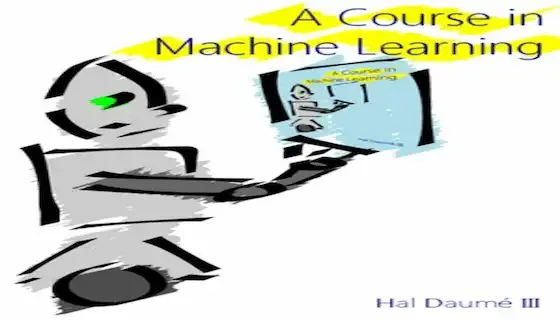Intro to Machine Learning
Machine Learning Course BOOK
At a basic level, machine learning is about predicting the future based on the past. For instance, you might wish to predict how much a user Alice will like a movie that she hasn’t seen, based on her ratings of movies that she has seen. This means making informed guesses about some unobserved property of some object,
based on observed properties of that object.The first question we’ll ask is: what does it mean to learn? In order to develop learning machines, we must know what learning actually means, and how to determine success (or failure). You’ll see this question answered in a very limited learning setting, which will be progressively loosened and adapted throughout the rest of this
book. For concreteness, our focus will be on a very simple model of learning called a decision tree
What Does it Mean to Learn?
Alice has just begun taking a course on machine learning. She knows that at the end of the course, she will be expected to have “learned” all about this topic. A common way of gauging whether or not she has learned is for her teacher, Bob, to give her a exam. She has done well at learning if she does well on the exam. But what makes a reasonable exam? If Bob spends the entire semester talking about machine learning, and then gives Alice an exam on History of Pottery, then Alice’s performance on this exam will not be representative of her learning. On the other hand, if the exam only asks questions that Bob has answered exactly during lectures, then this is also a bad test of Alice’s learning, especially if it’s an “open notes” exam. What is desired is that Alice observes specific examples from the course, and then has to answer new, but related questions on the exam. This tests whether Alice has the ability to generalize. Generalization is perhaps the most central concept in machine learning.


